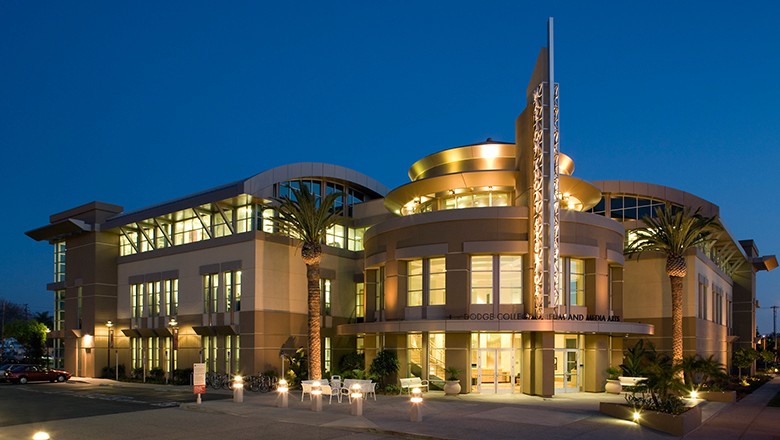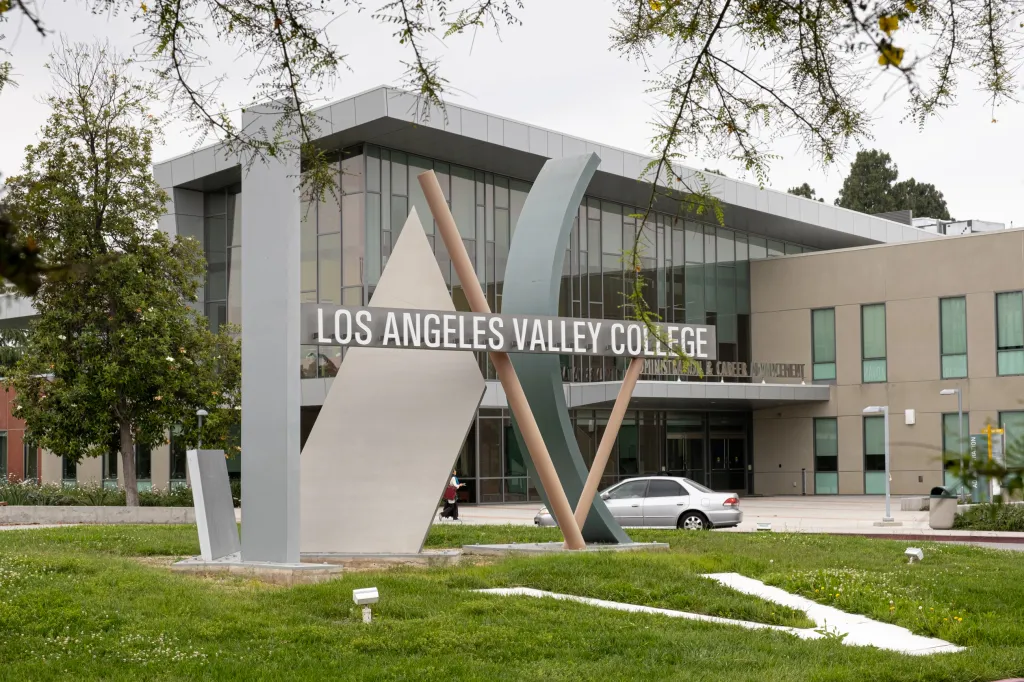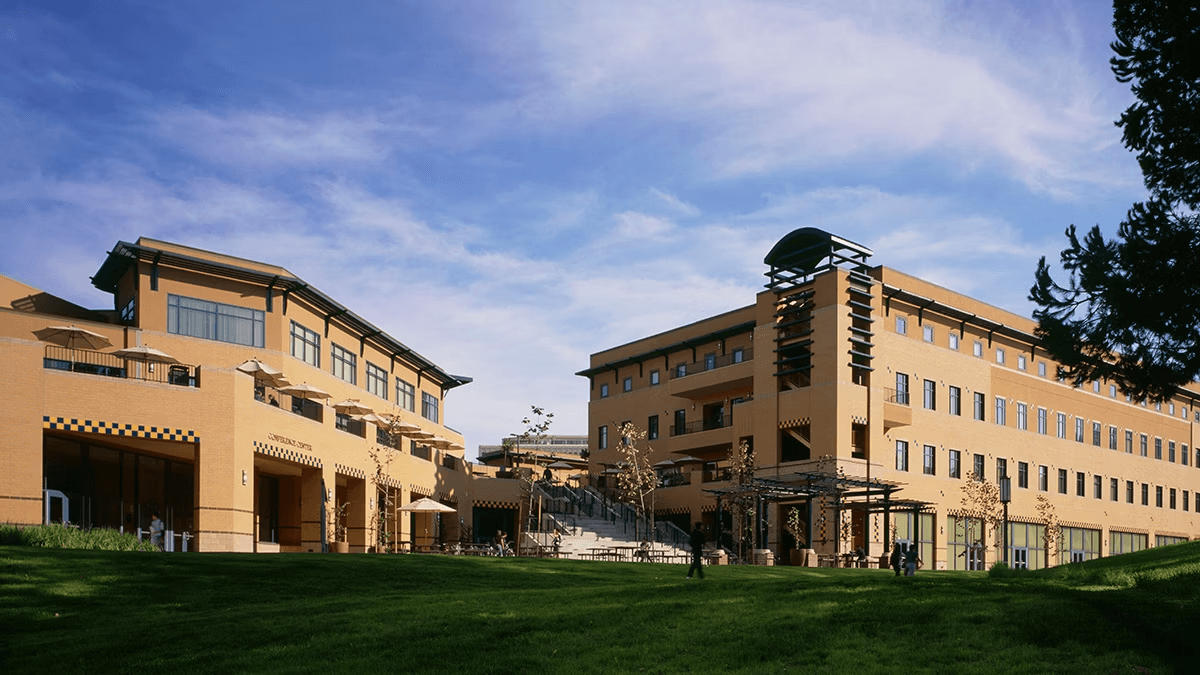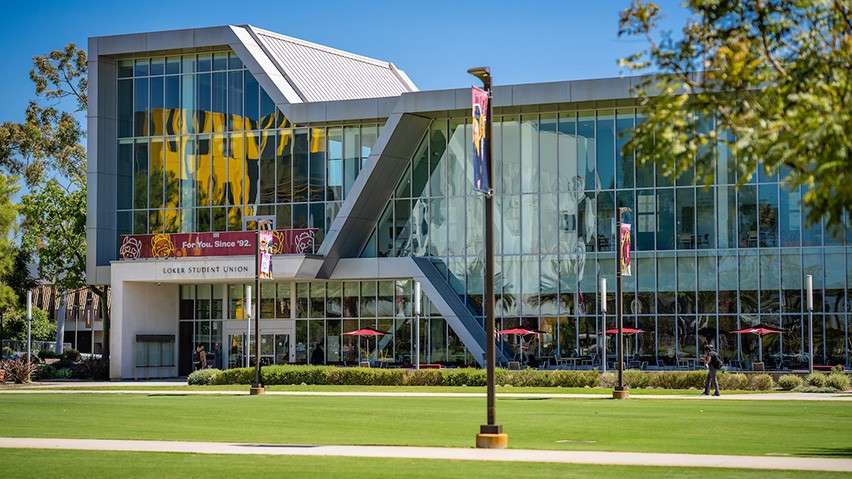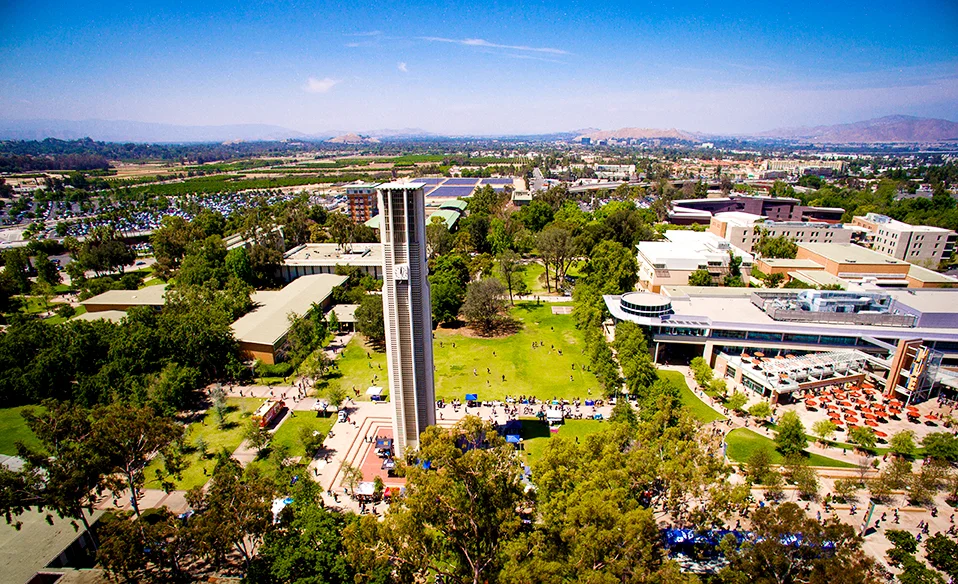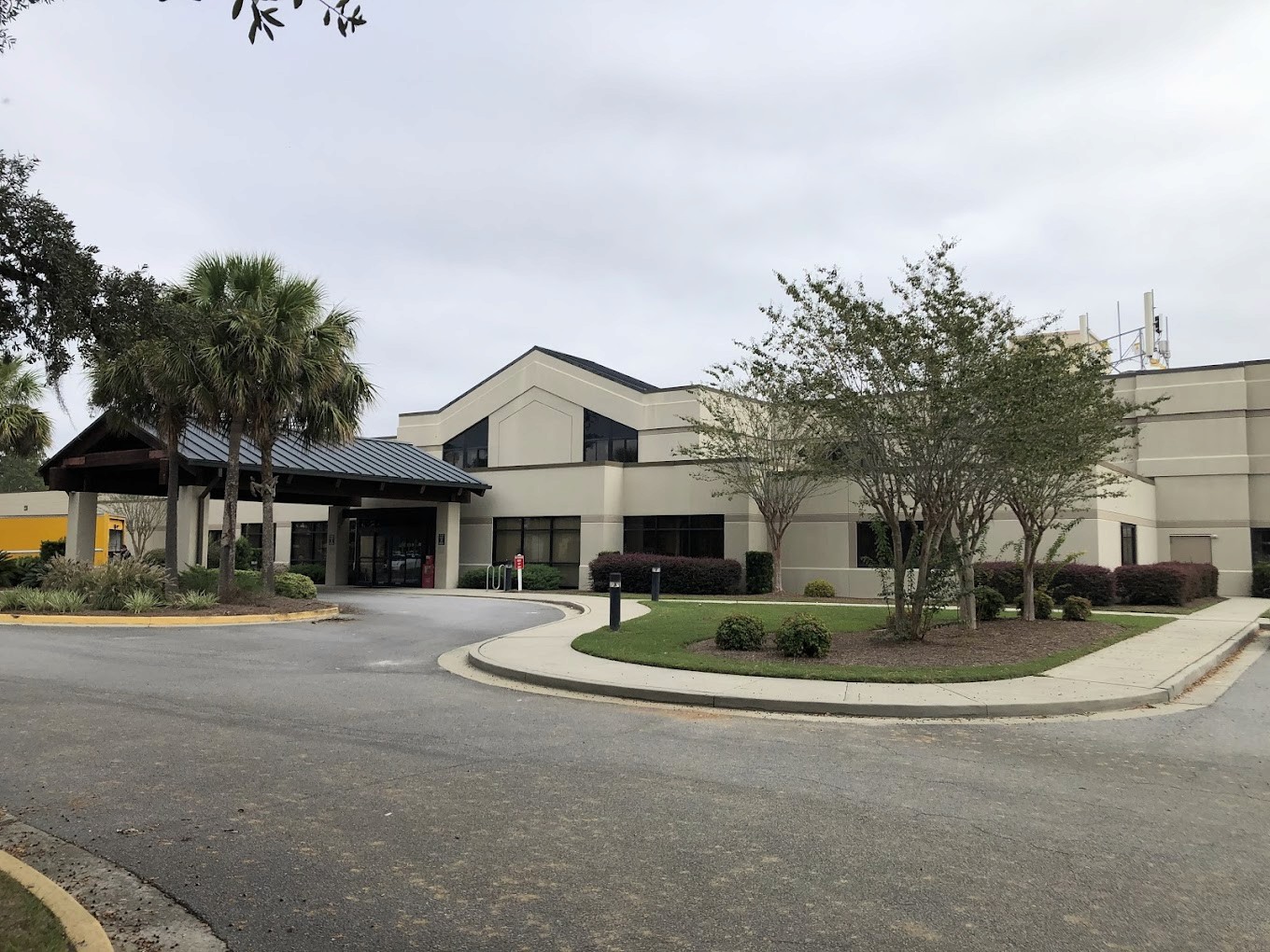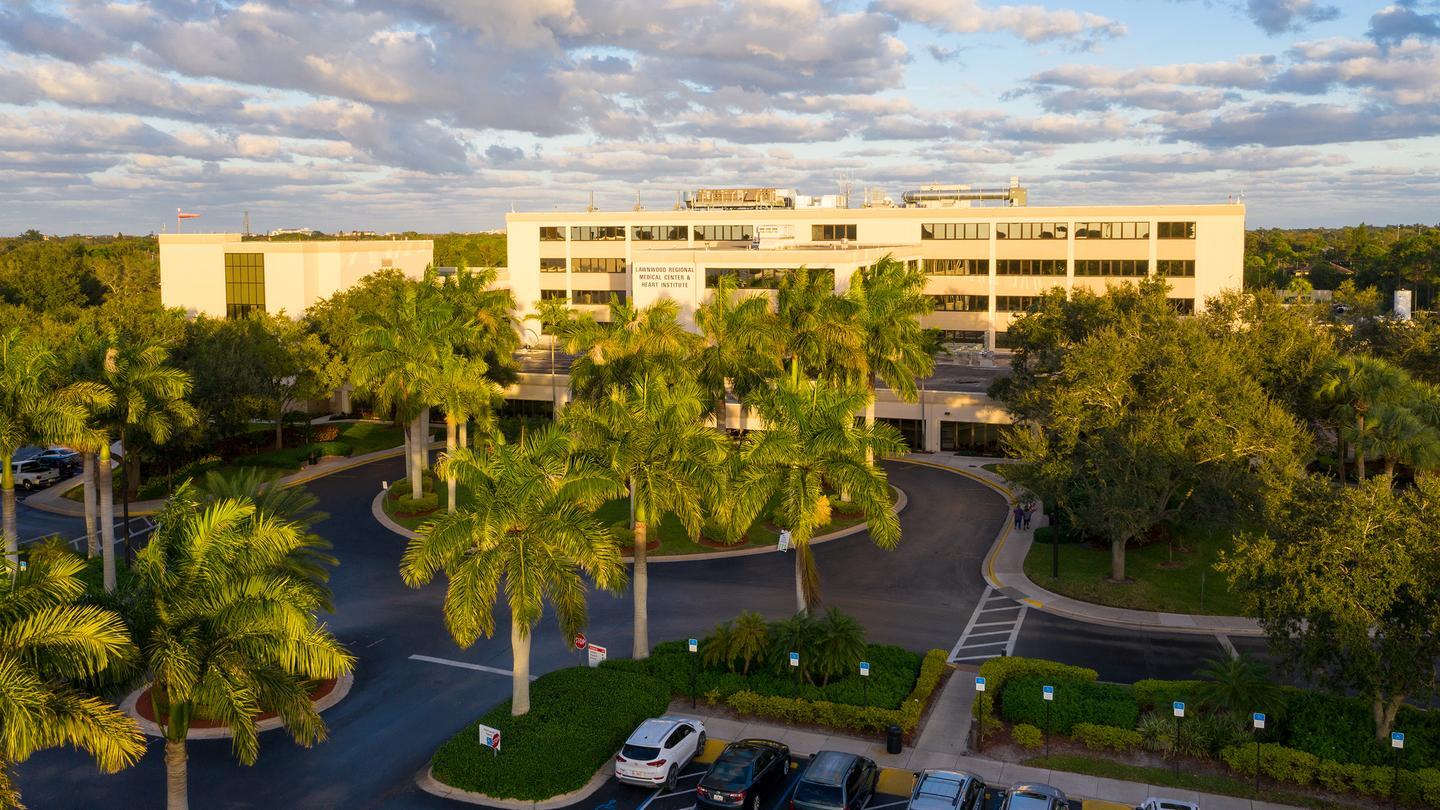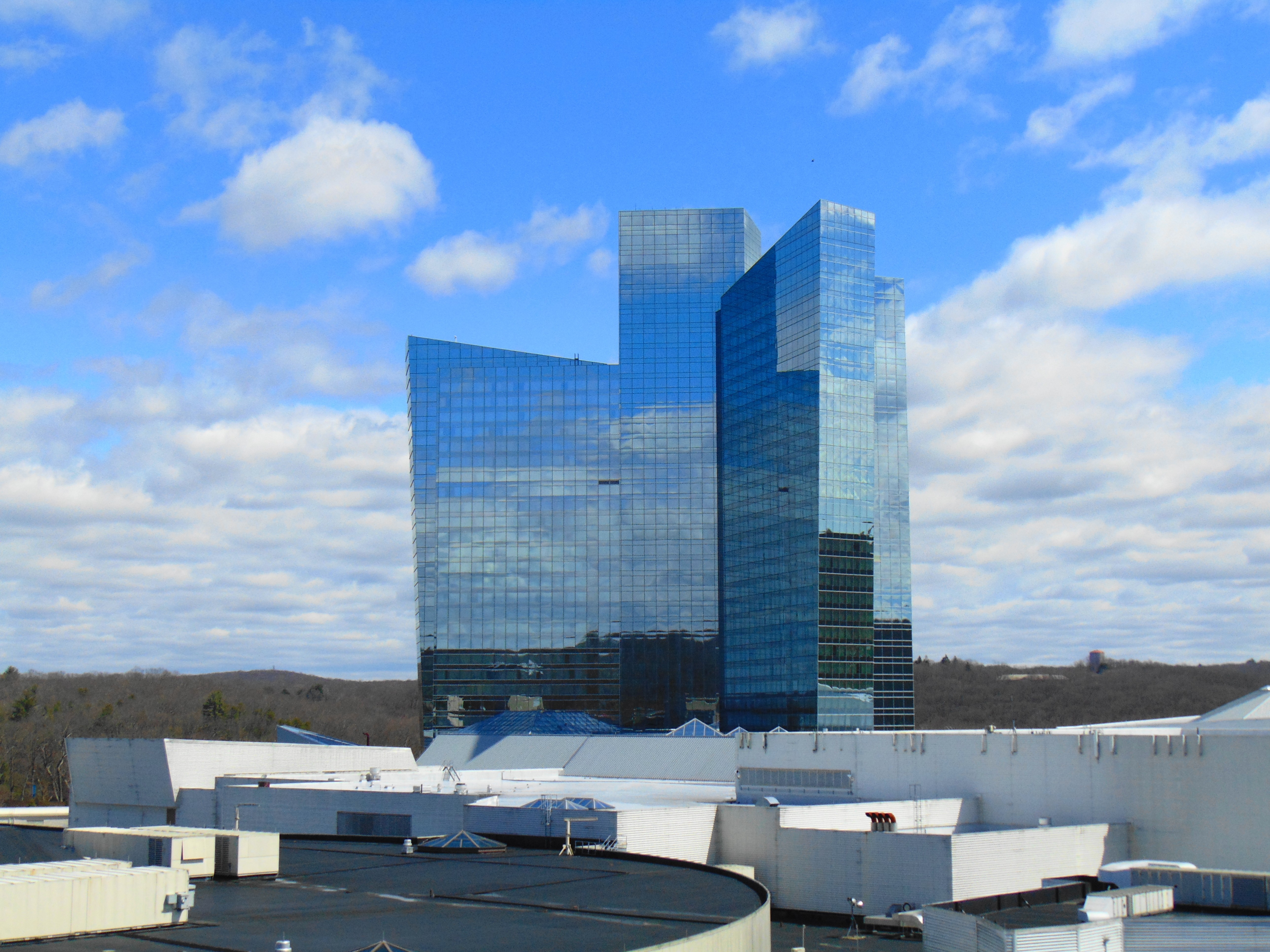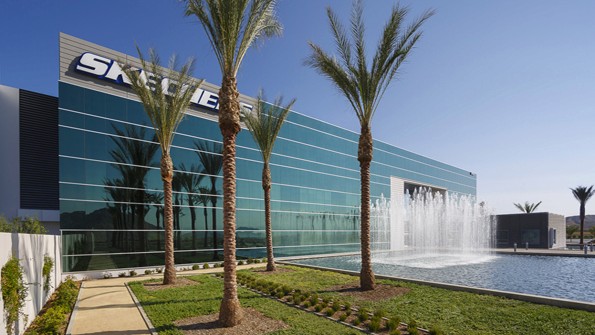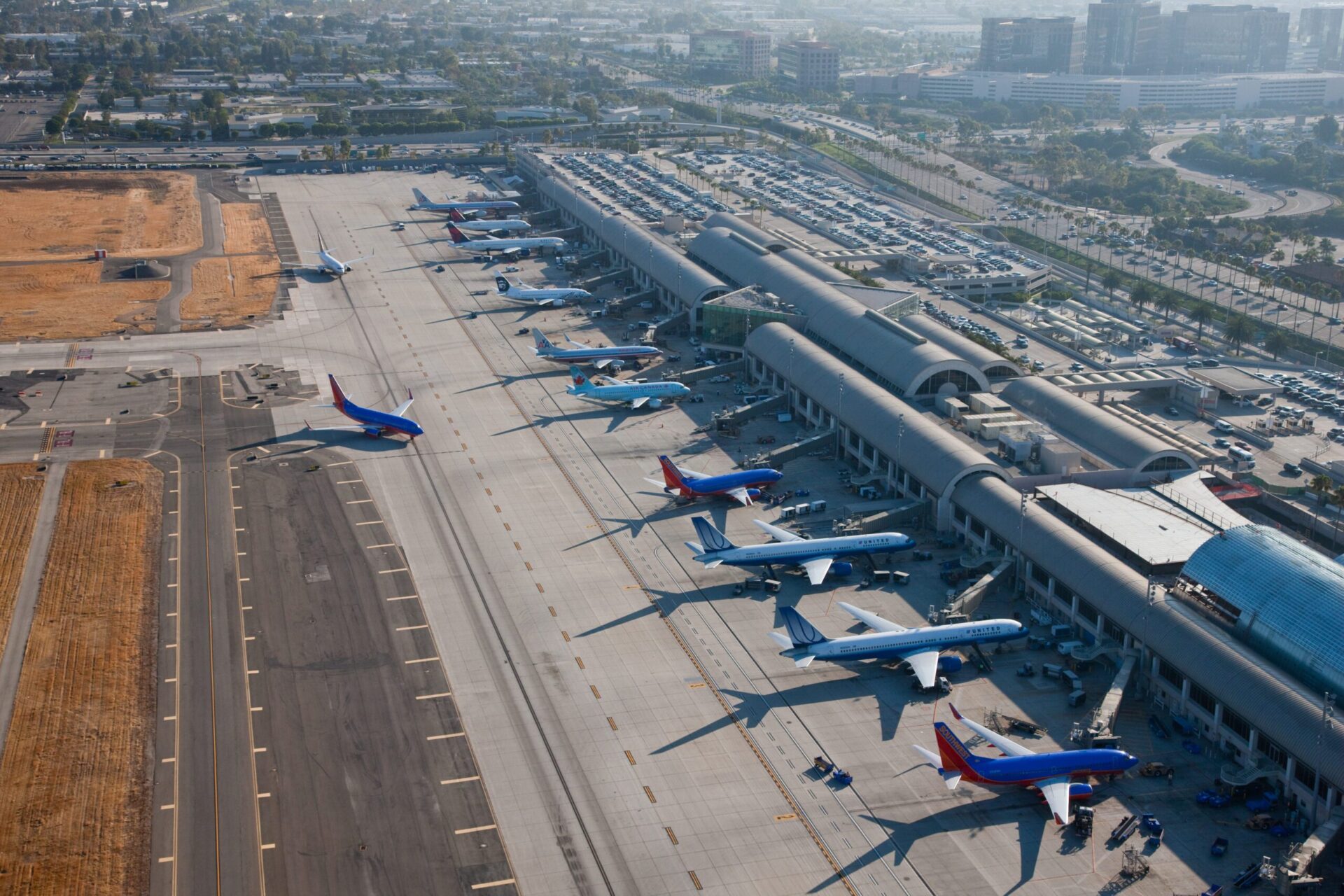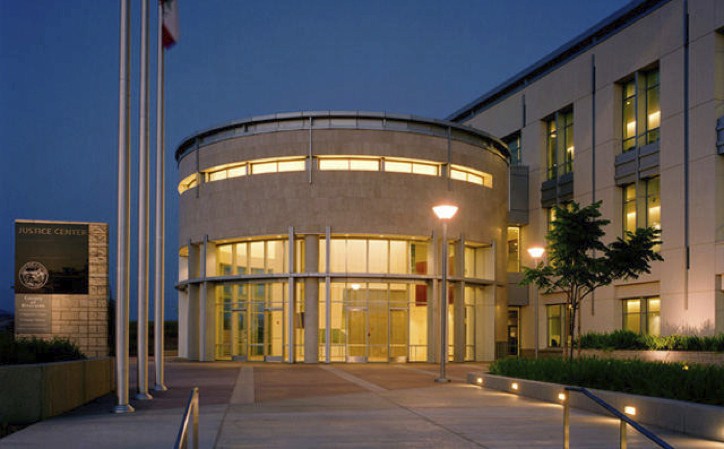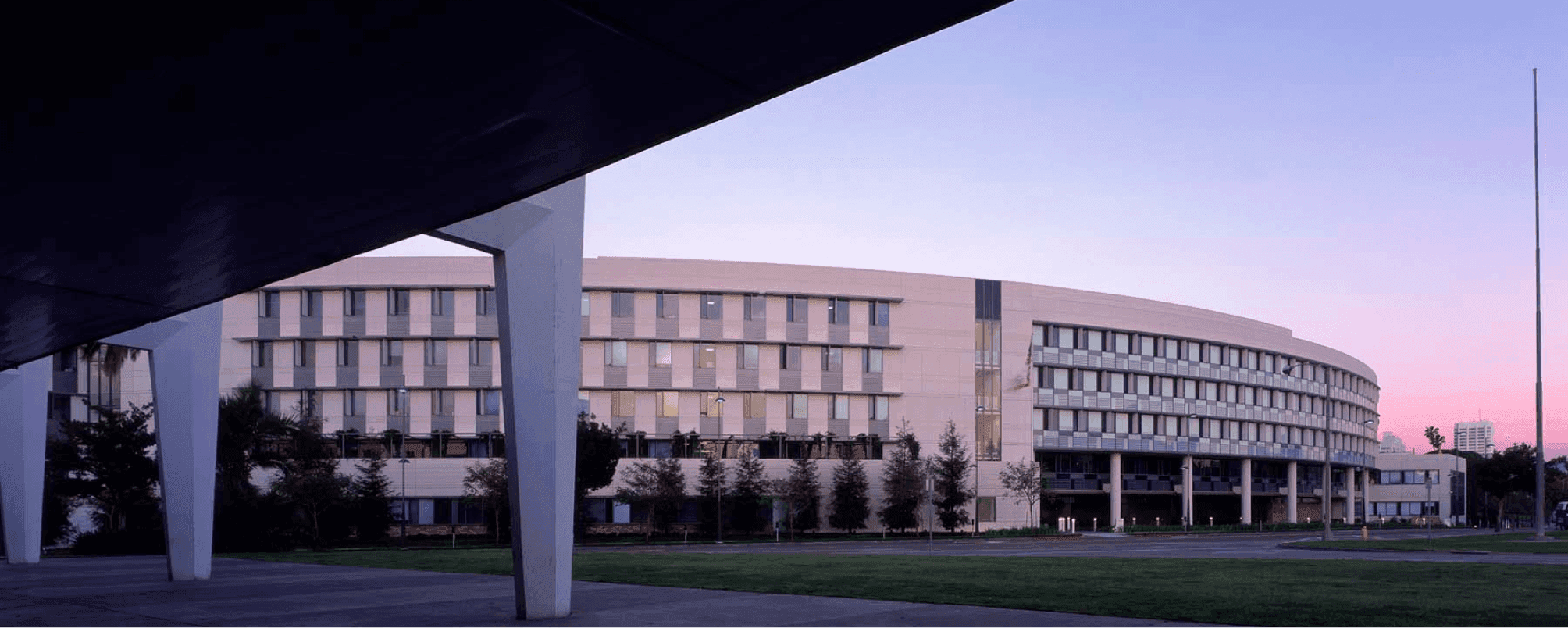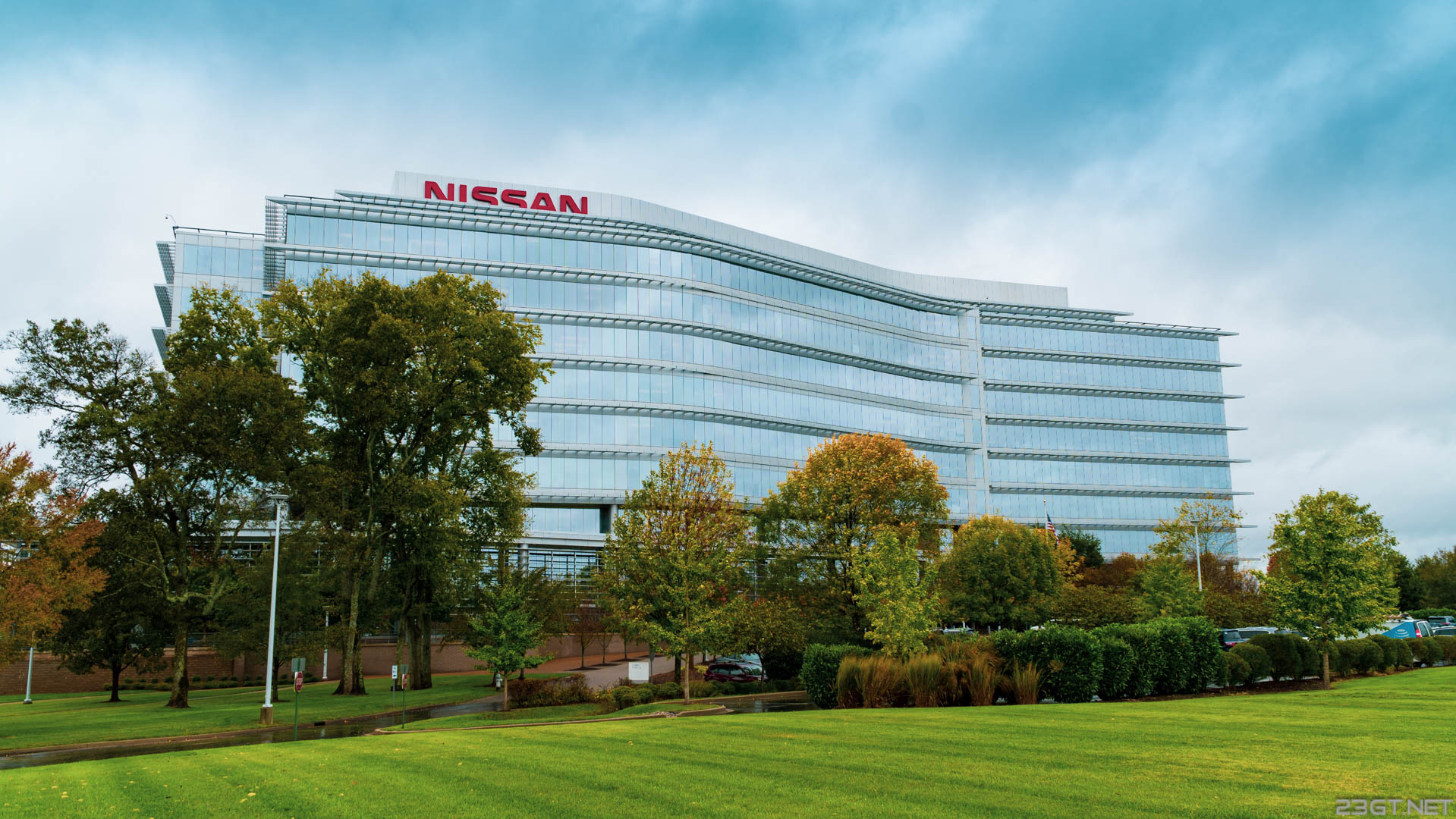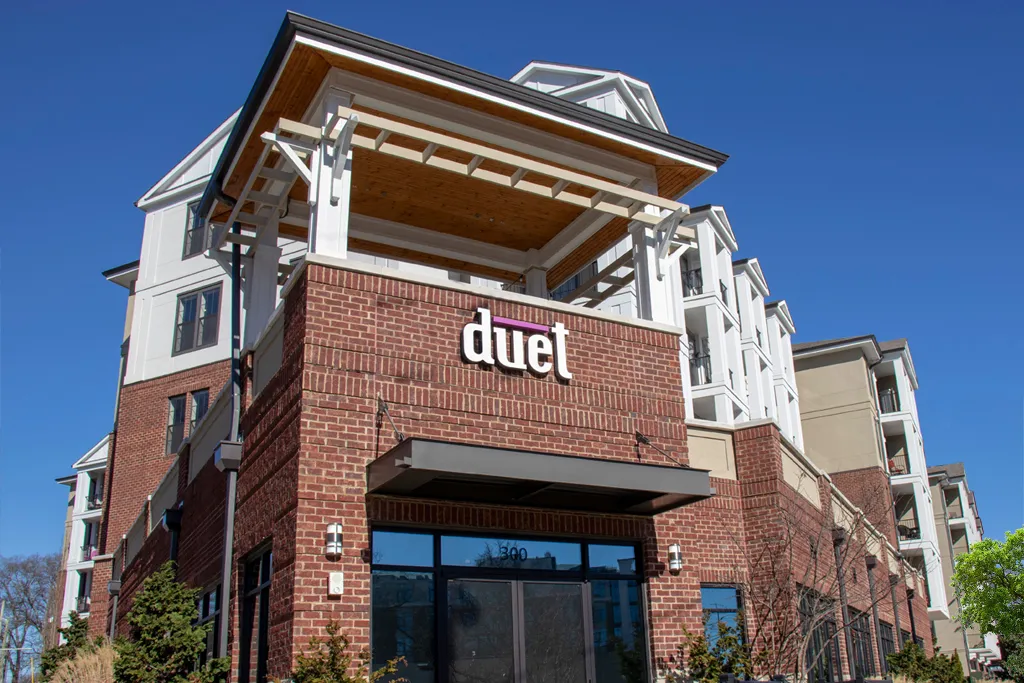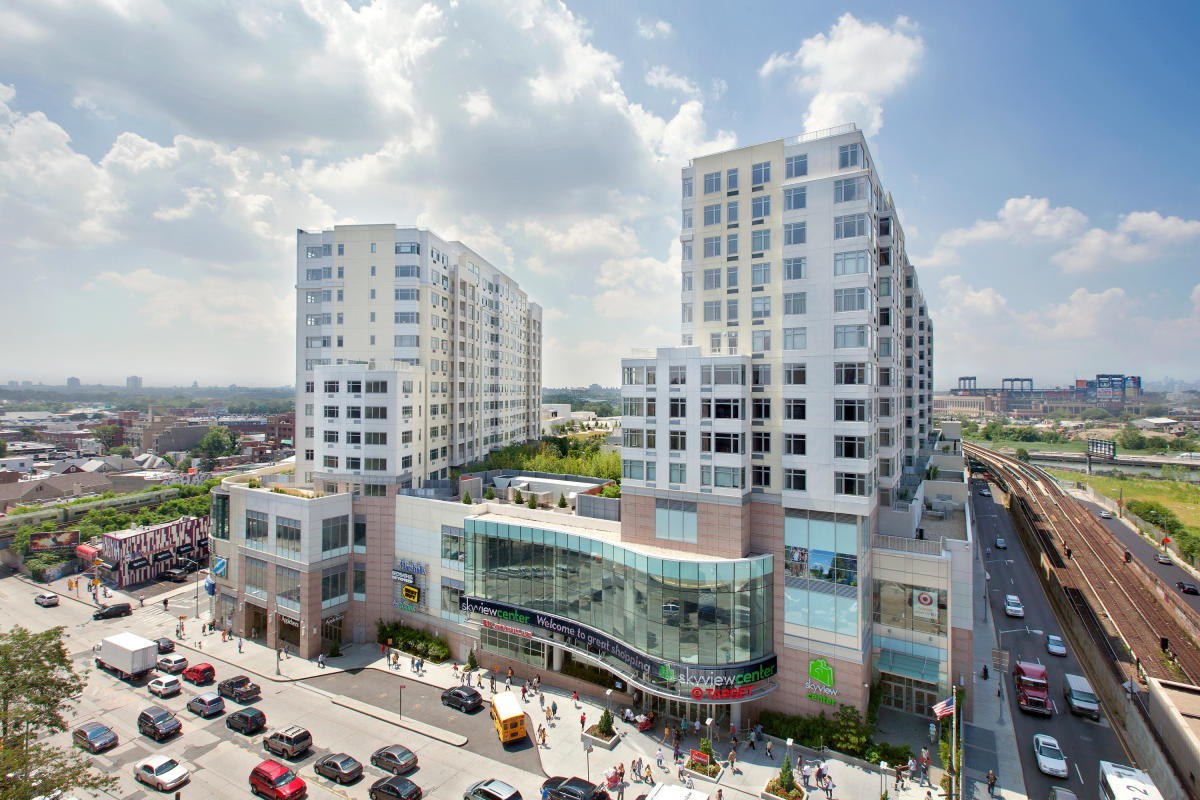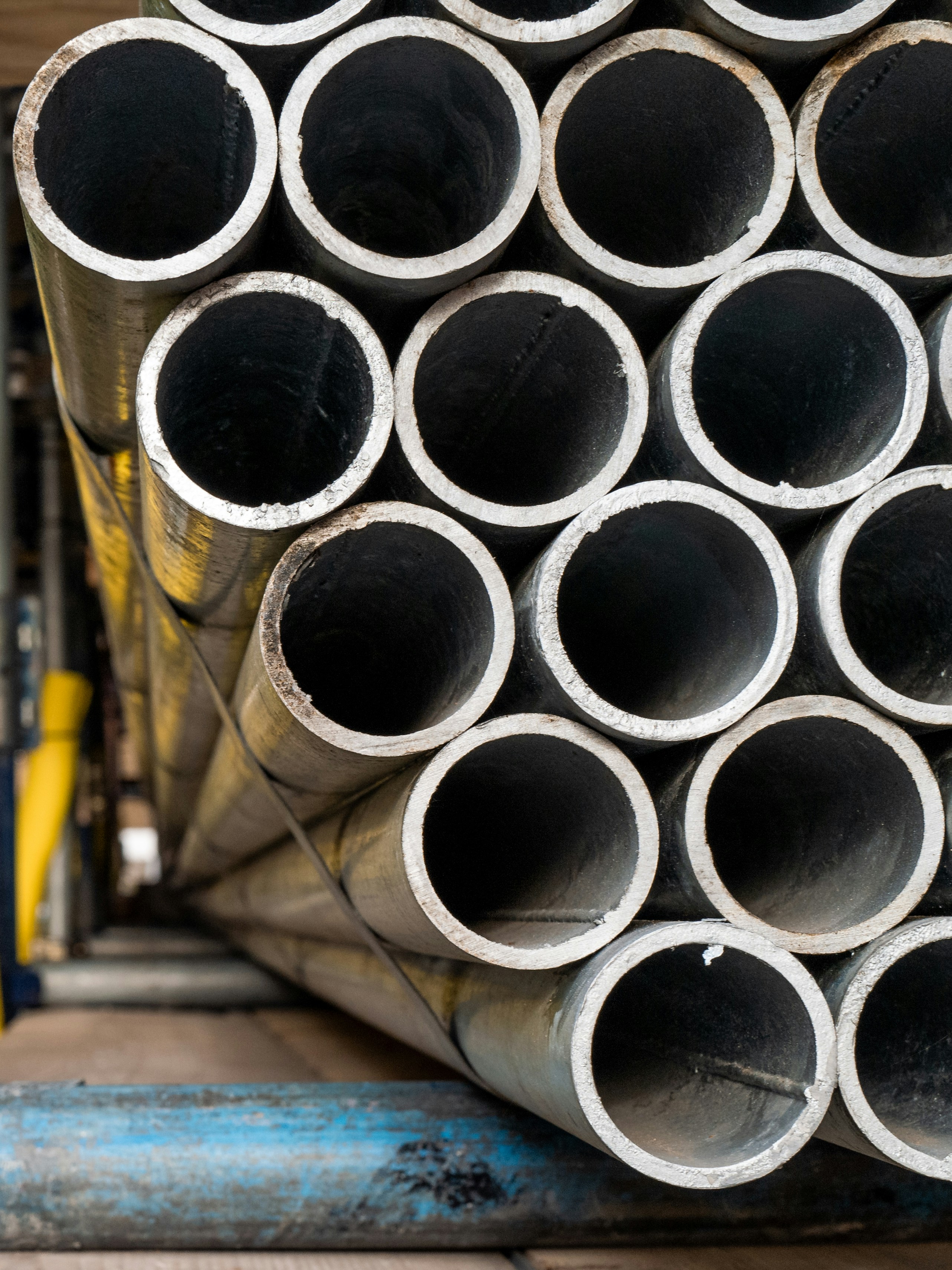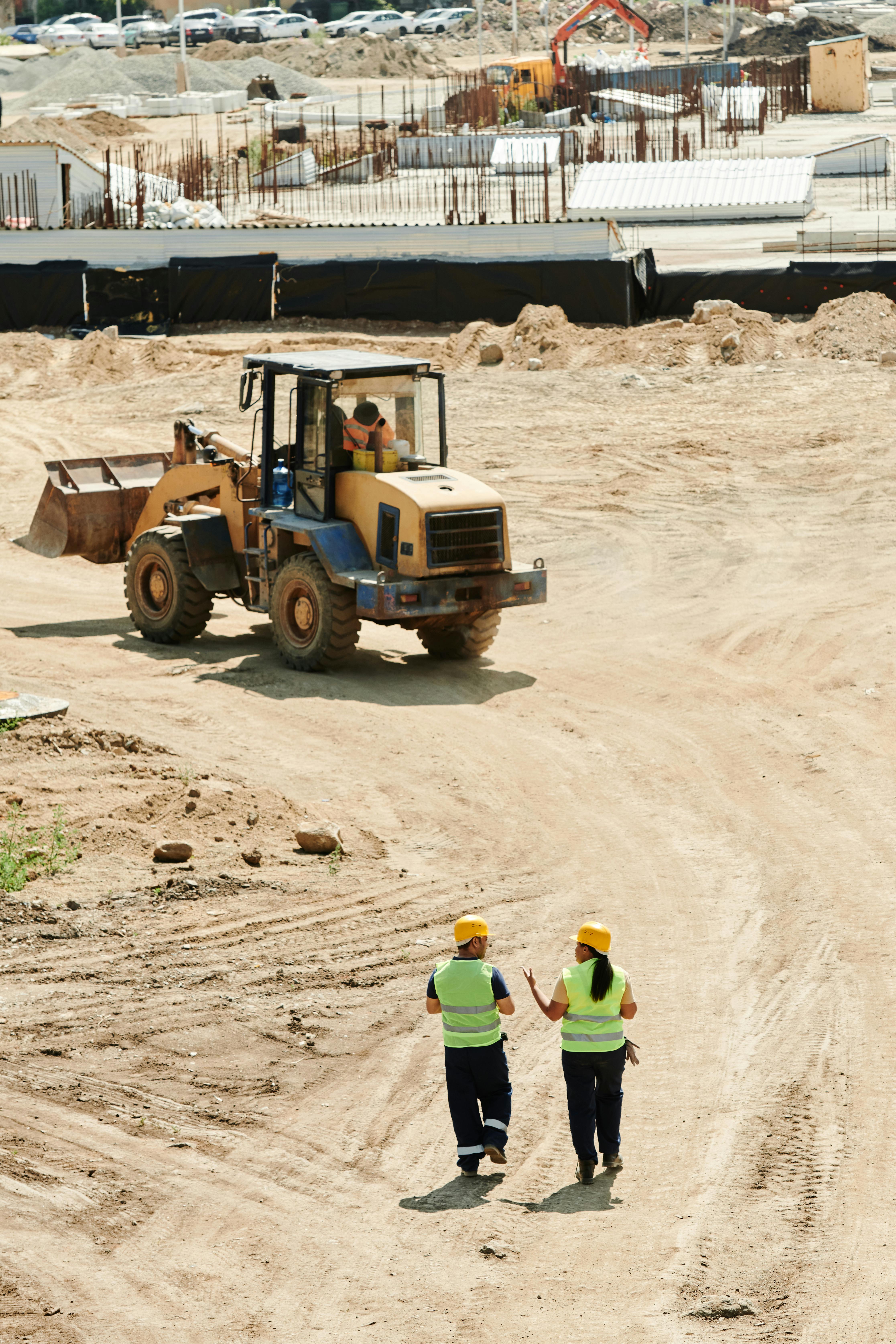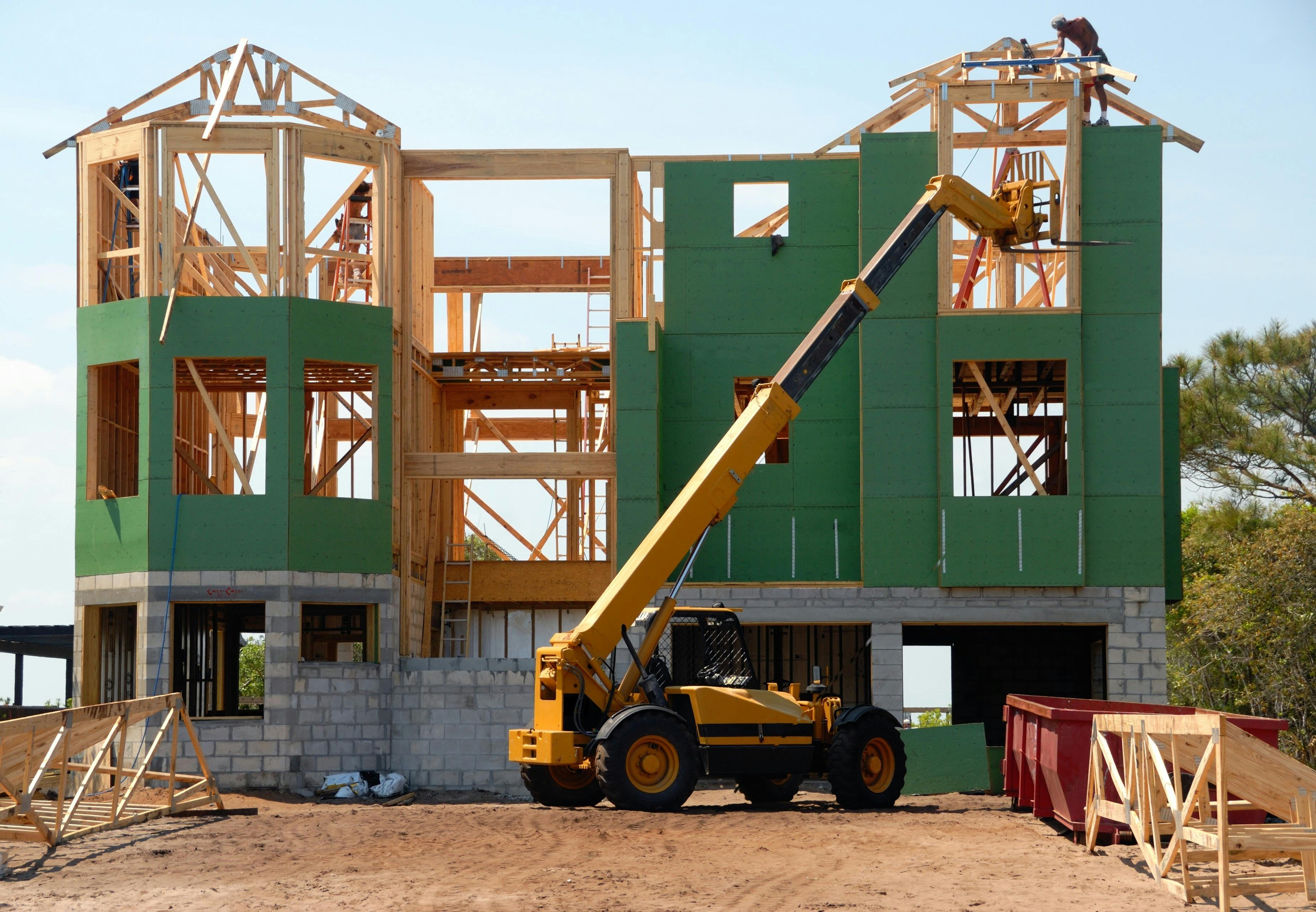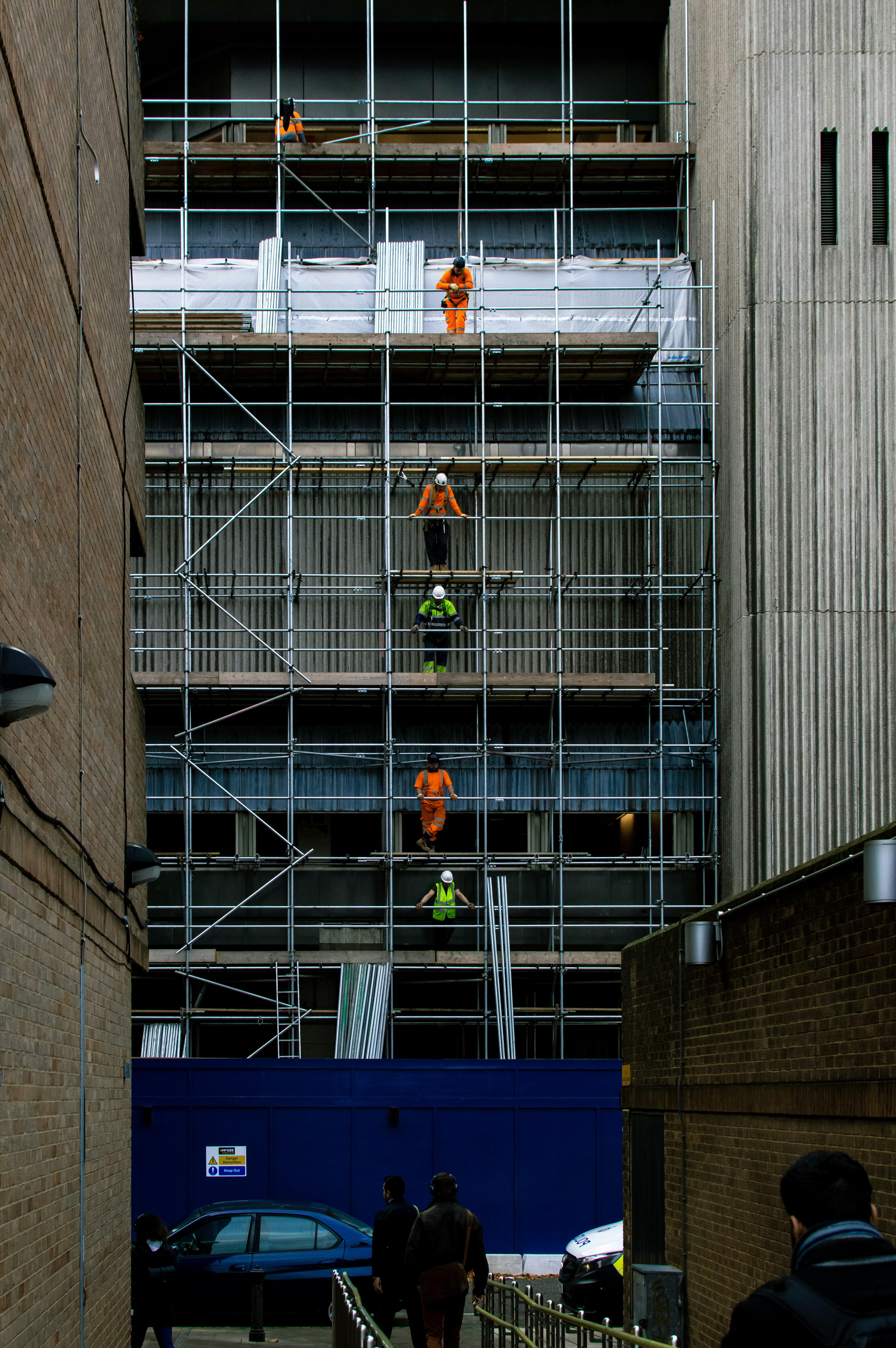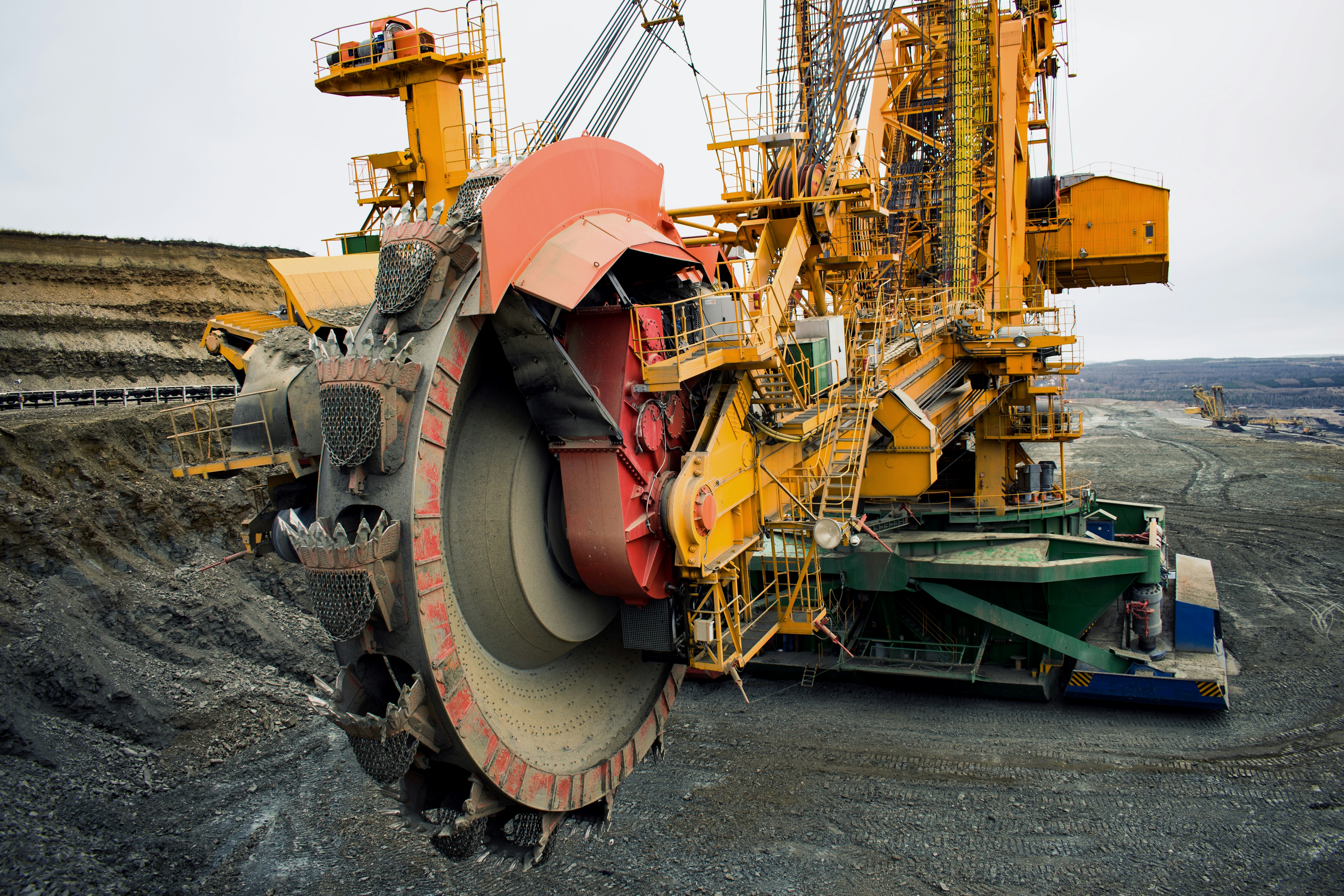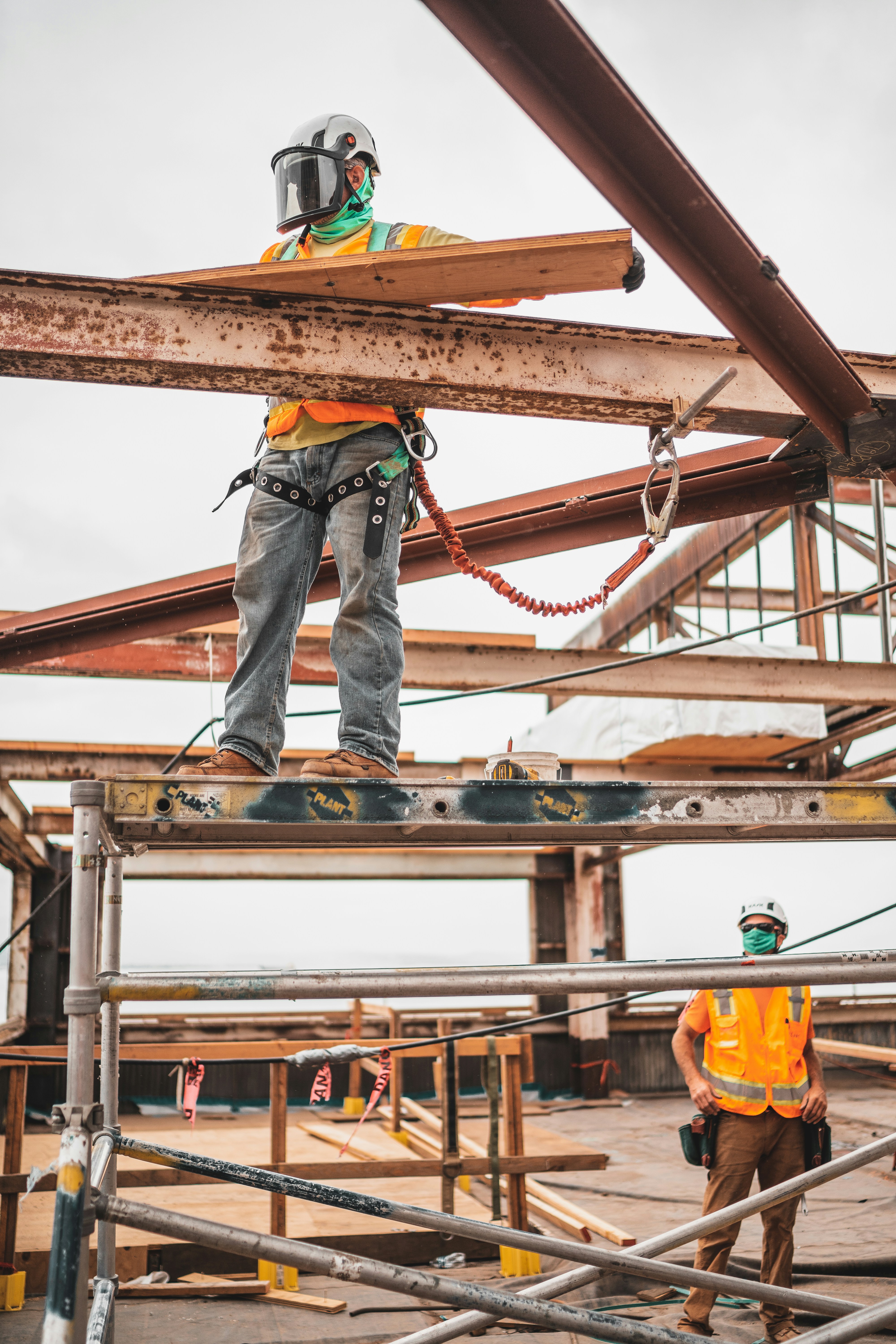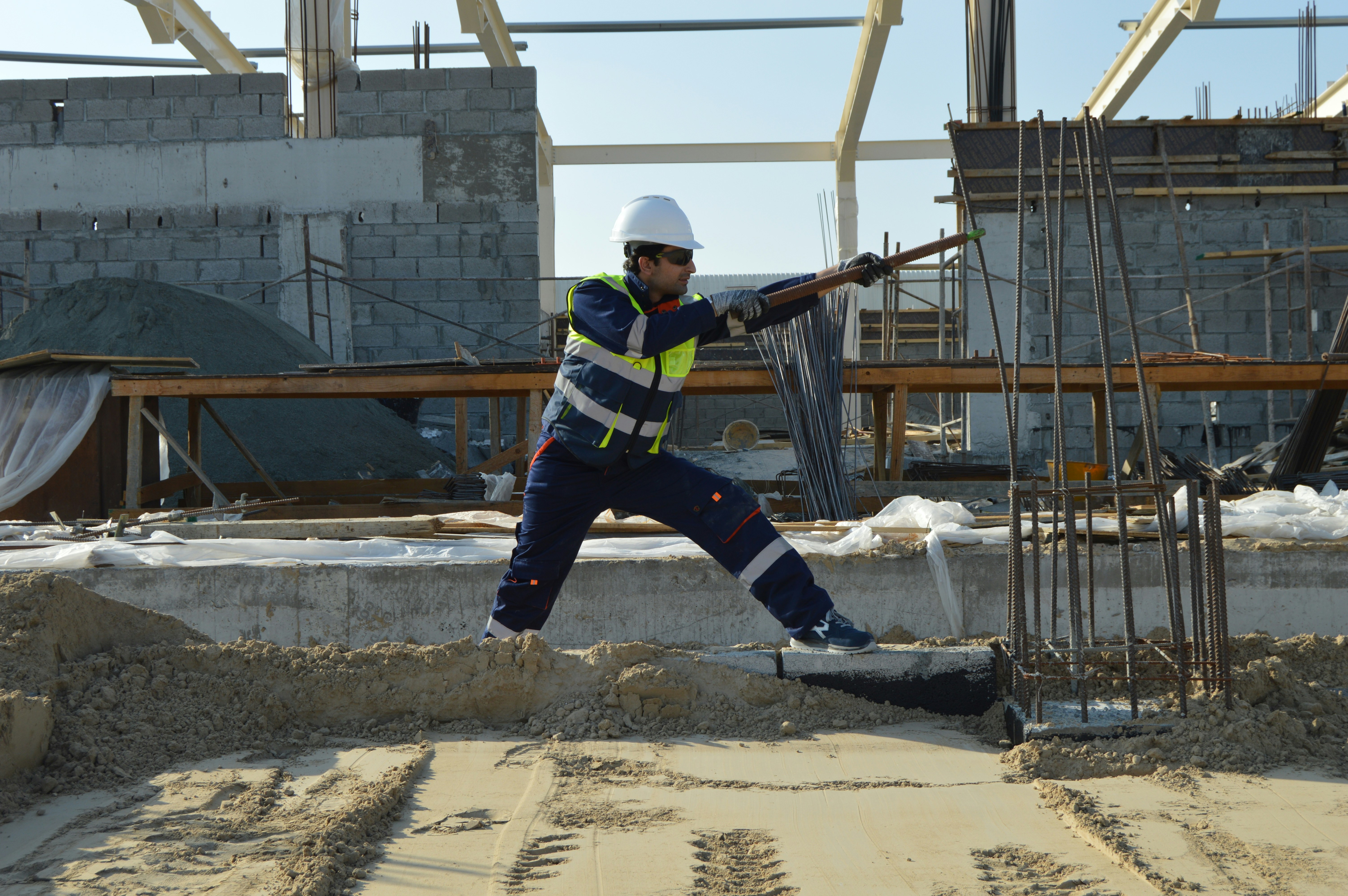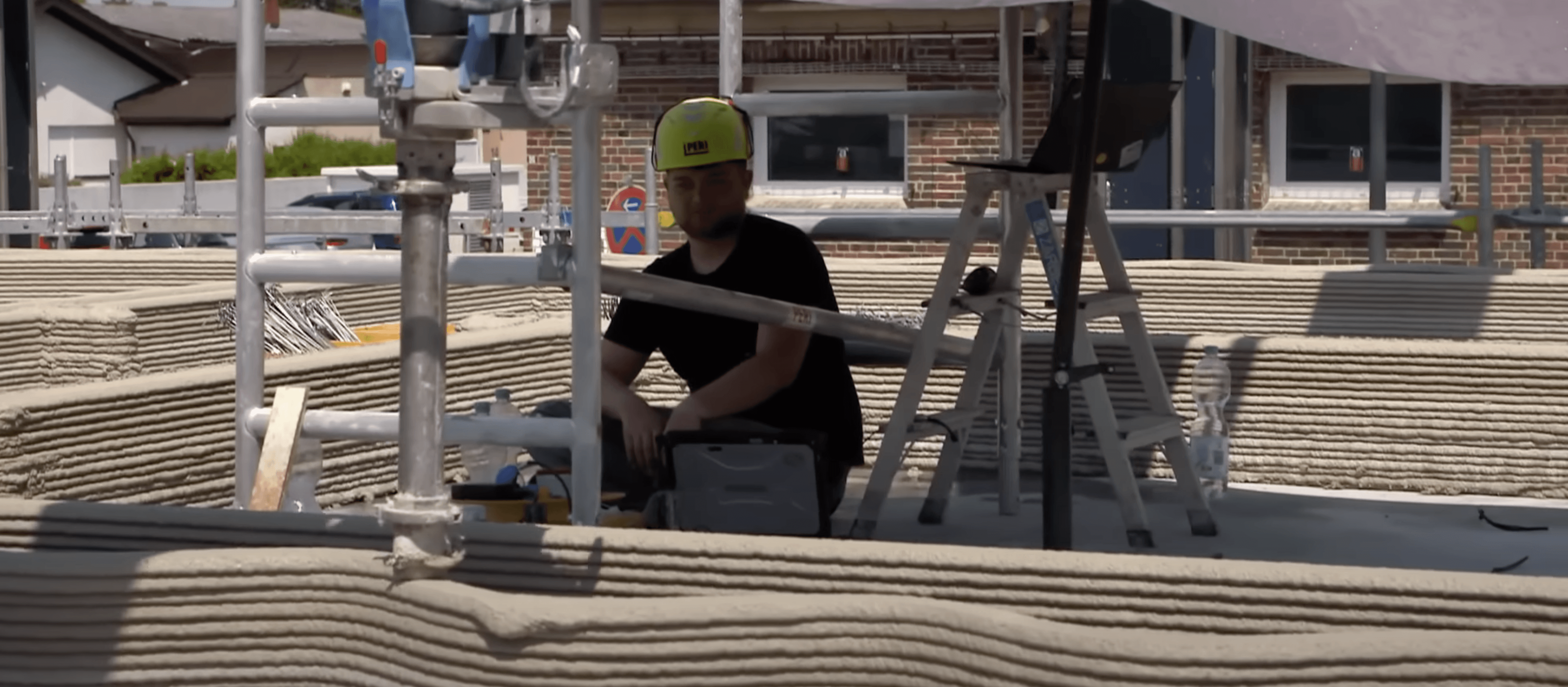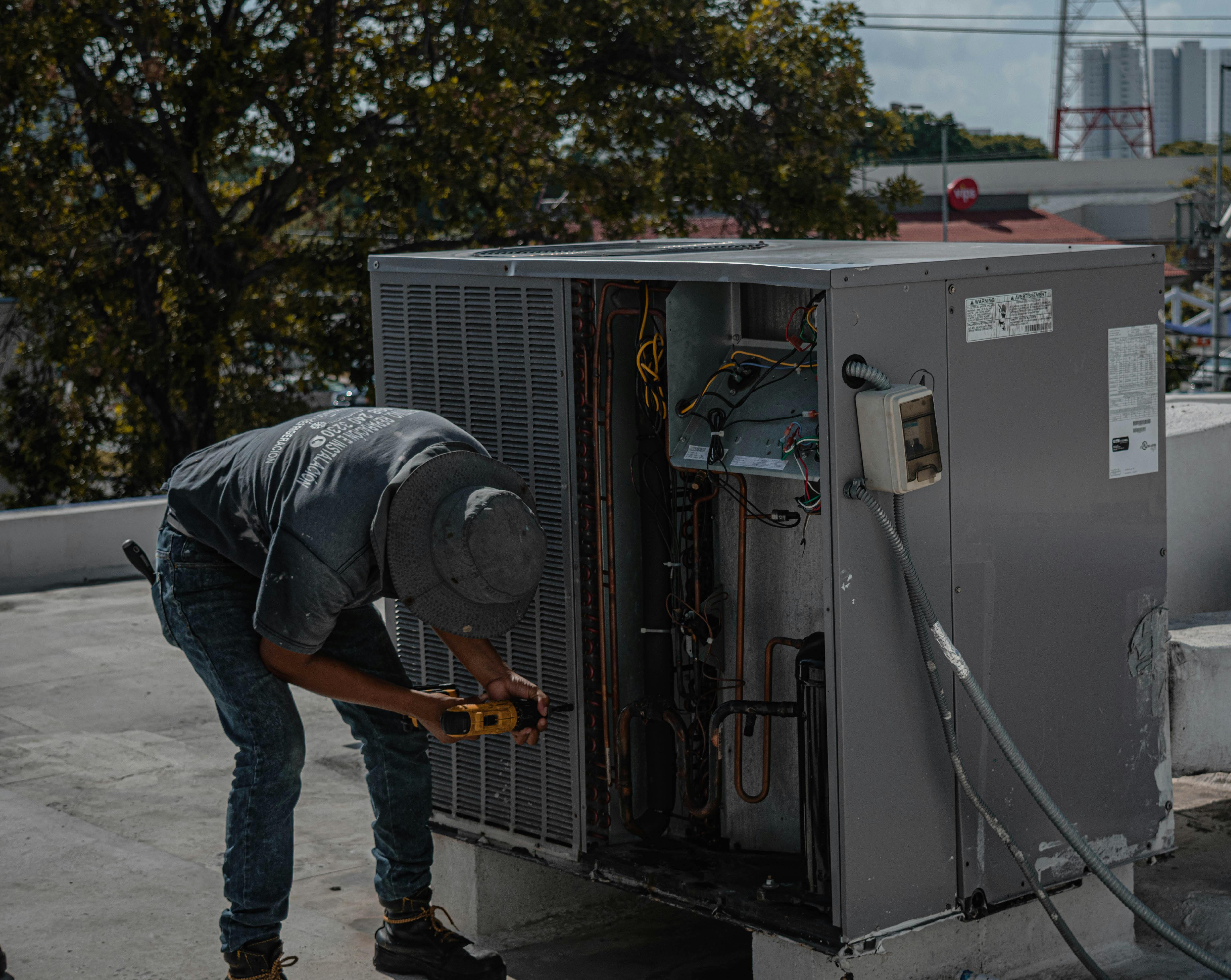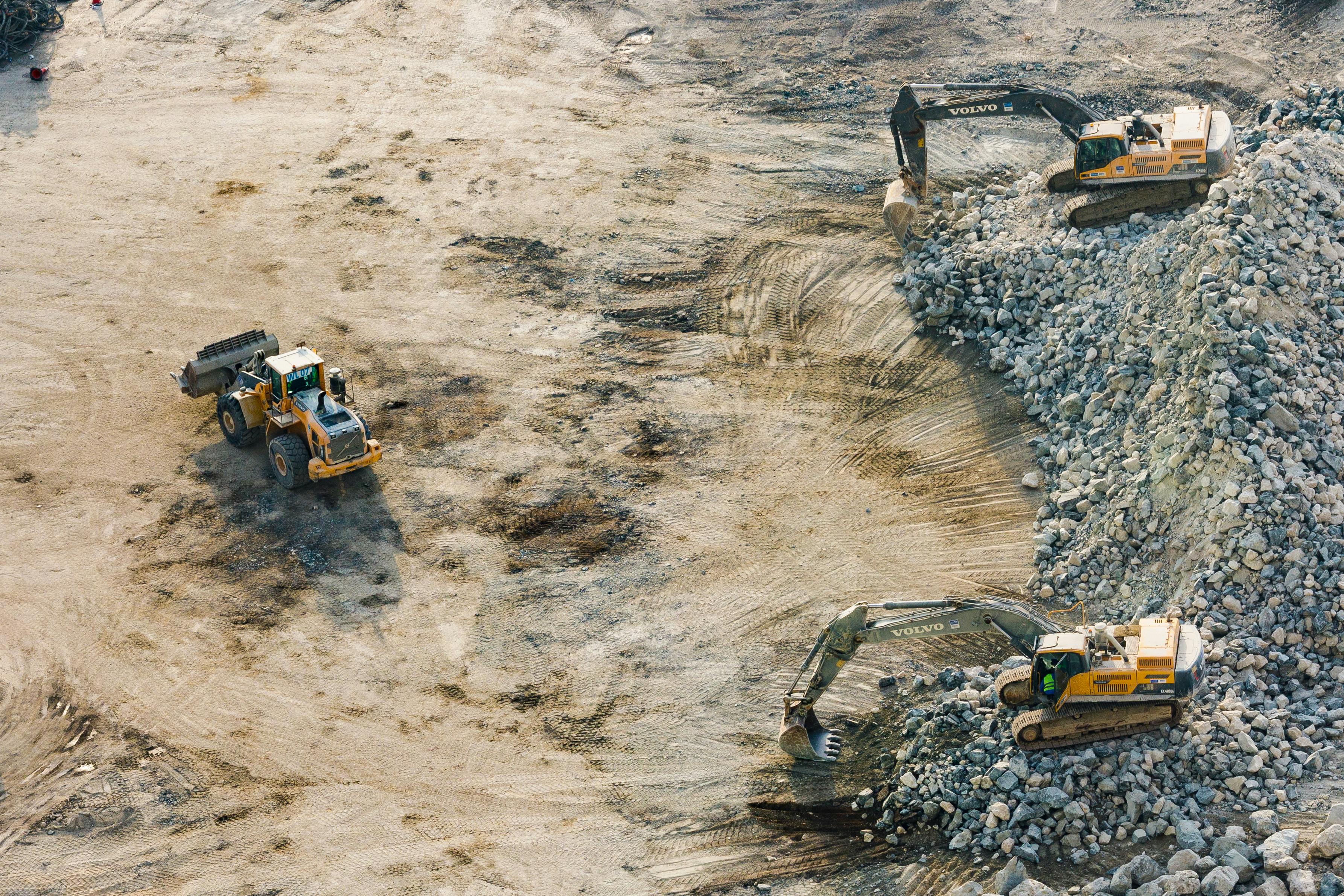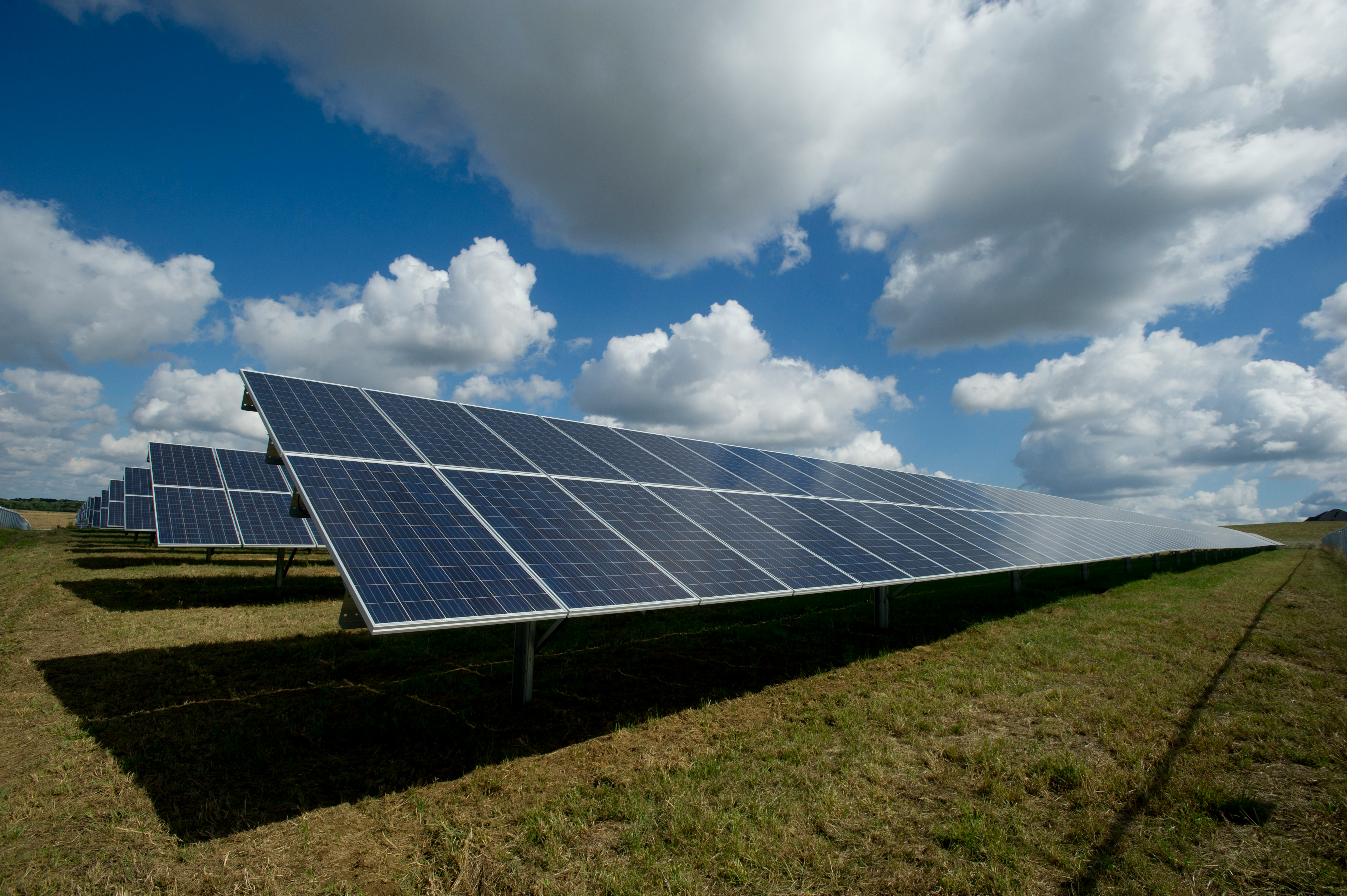
The construction labor market is showing signs of tightening as job openings decline and worker turnover accelerates. According to the Bureau of Labor Statistics (BLS), the industry recorded 236,000 open, unfilled jobs at the end of January 2025, marking a 42% year-over-year drop from the same month in 2024. While job openings rose 15% from December, the broader trend suggests that contractors are becoming more cautious about hiring due to ongoing economic and trade uncertainties.
Cautious Hiring and Workforce Volatility
Despite the decline in job openings, workforce movement remains high. Both hiring and separations—including layoffs, discharges, and quits—accelerated to the fastest rate since early 2024, signaling that companies are adjusting their labor needs in response to shifting market conditions.
While layoffs have dropped 18.5% year-over-year, companies appear reluctant to expand their workforce. Quits jumped 21% year-over-year and surged 47% from December to January, indicating that workers are leaving voluntarily at an increasing rate, possibly seeking more stable opportunities amid uncertainty.
The Impact of Tariffs on Construction Hiring
Industry experts cite President Donald Trump’s tariff policies as a key factor contributing to this cautious approach to hiring. The reinstatement of Section 232 tariffs on steel and aluminum imports has introduced volatility into material costs, project pricing, and contractor confidence. With rising costs and potential disruptions in supply chains, many firms are taking a "wait and see" approach before committing to new hires.
According to Macrina Wilkins, senior research analyst for the Associated General Contractors of America (AGC), the sharp drop in job openings suggests that while demand for skilled labor remains, contractors are hesitant to take on new projects until they have clearer visibility into future economic conditions.
What This Means for the Construction Industry
The slowdown in hiring reflects a broader uncertainty in project pipelines and market stability. While construction firms are still looking for talent, they are doing so with greater caution. Many are opting to retain their existing workforce rather than aggressively expand, leading to increased turnover but fewer overall job openings.
Anirban Basu, chief economist at Associated Builders and Contractors (ABC), noted that despite concerns over market conditions, ABC members still indicate plans to hire more workers in the coming months. This suggests that while the industry is facing a short-term pullback, hiring could rebound once companies adjust to the evolving economic landscape.
Navigating Uncertainty with Strategic Workforce Planning
For contractors and developers, the current labor trends underscore the importance of workforce planning and retention strategies. As demand fluctuates and economic conditions remain in flux, firms must focus on building resilient teams, optimizing hiring processes, and ensuring stability in project execution.
At Paragon Construction Consulting, we help our clients navigate labor market challenges by providing strategic workforce planning, risk management, and procurement solutions. Understanding market cycles and preparing for shifts in labor availability will be critical for maintaining momentum and delivering successful projects.
As the construction industry adapts to tariff-related cost pressures and economic uncertainties, the ability to retain skilled workers and optimize hiring strategies will separate firms that thrive from those that struggle.




